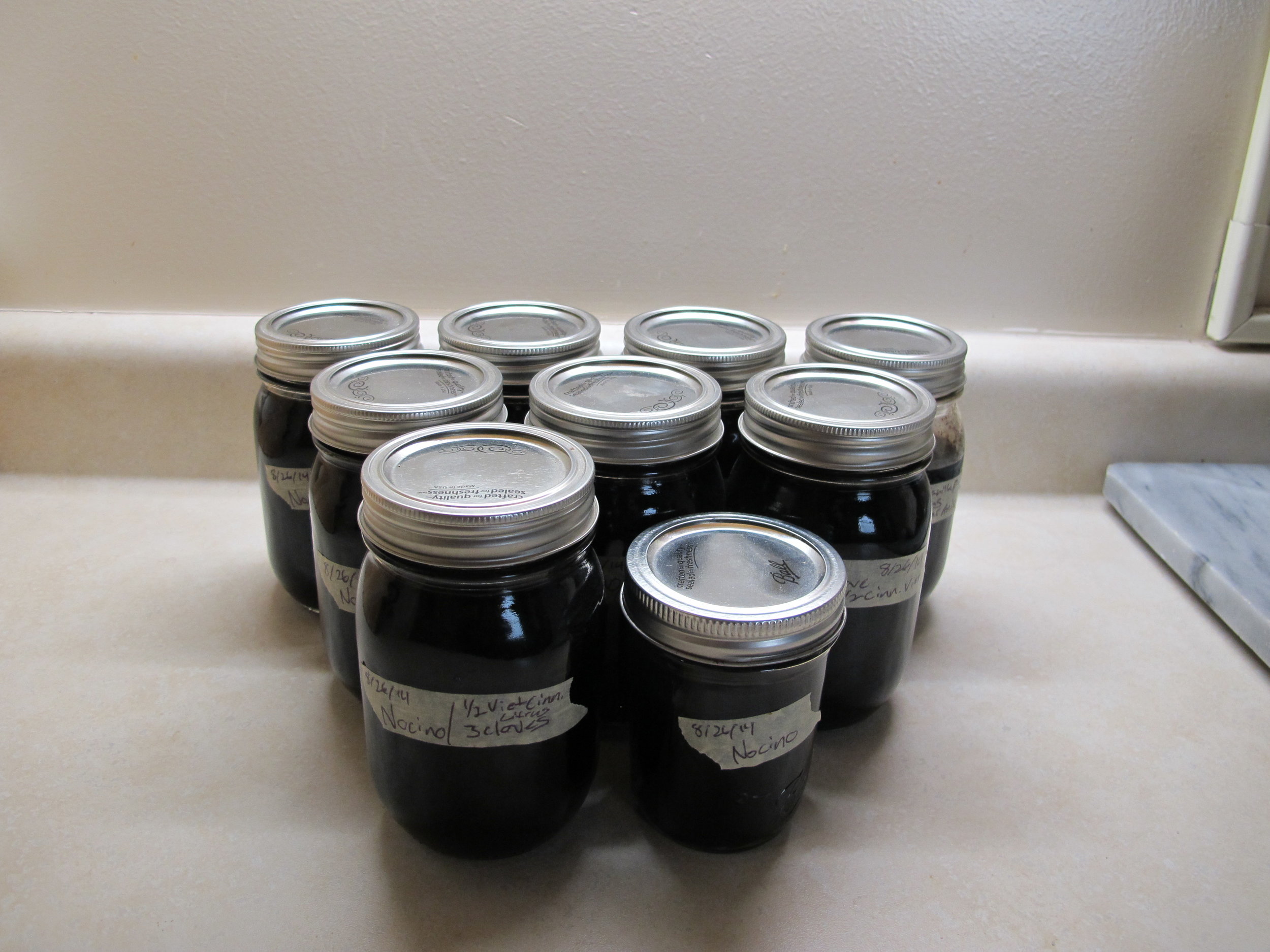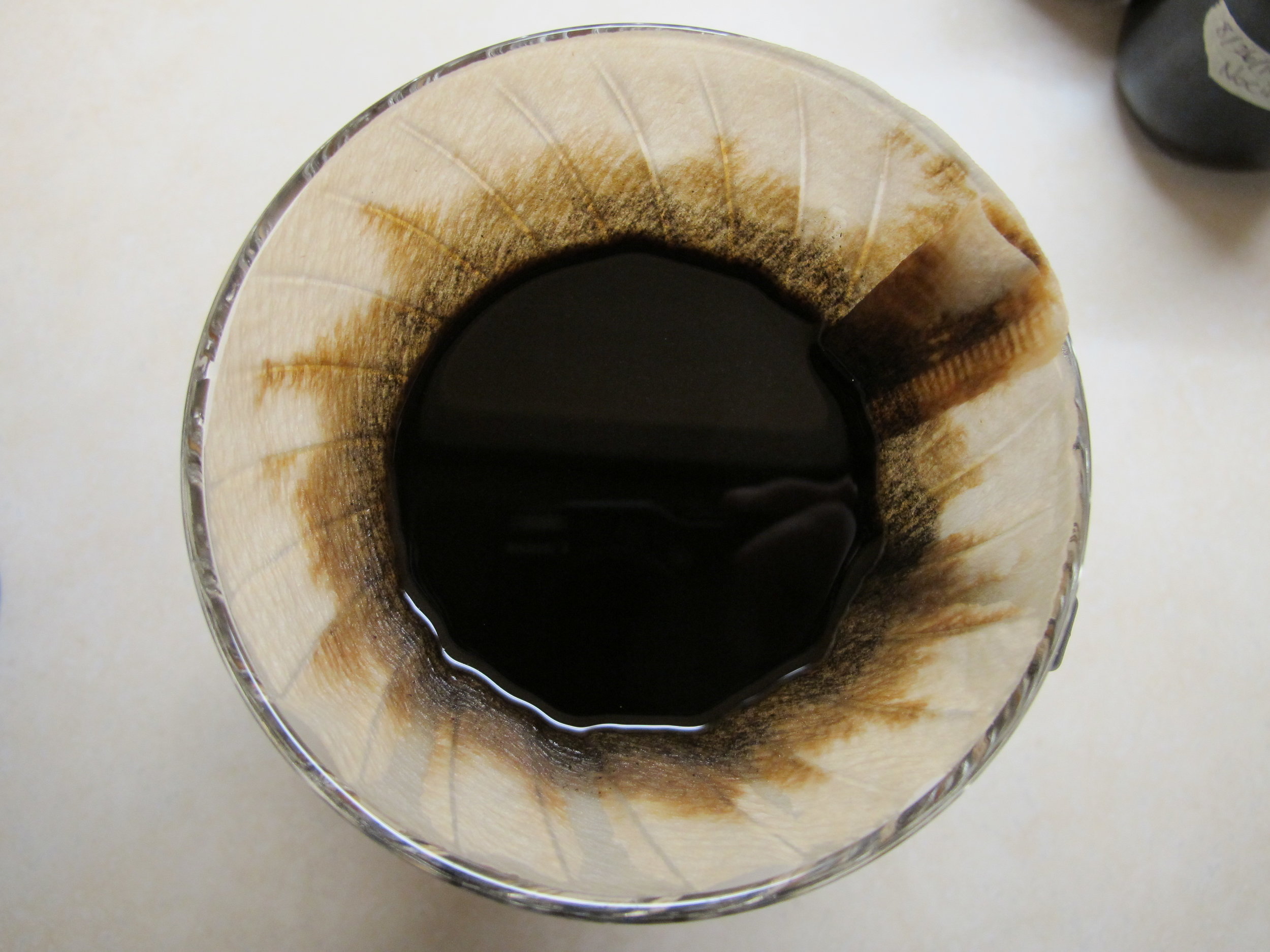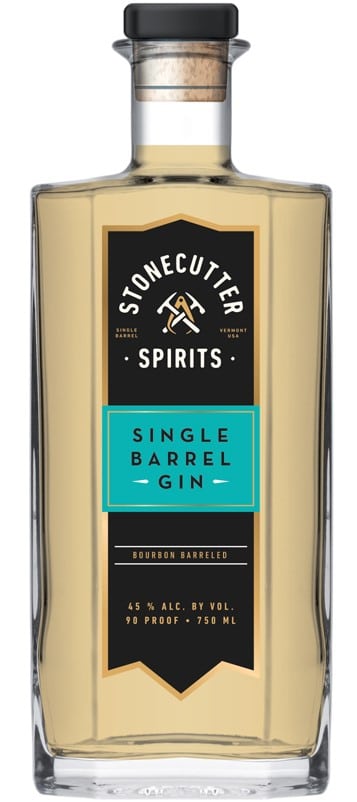Review: Larceny Bourbon
Bottle purchased by EZdrinking.
Owned and Distilled by Heaven Hill Distilleries and bottled at 46% ABV.
Price: $19-$30
Larceny Bourbon is a small batch Kentucky Straight Bourbon made by Heaven Hill. According to HH, each batch of Larceny come from less than 200 barrels that have aged between 6 and 12 years. Larceny is a wheated bourbon in the line of Old Fitzgerald Bourbon and according to Bill Straub of Modern Thirst it has a mash bill of 68% Corn, 20% Wheat and 12% Malted Barley.
Thanks to Sally Van Winkle Campbell and Sam Thomas we now know that John E. Fitzgerald whom the bourbon is named after was a U.S. Treasury Agent who had a knack for picking good barrels of whiskey. Pre-Prohibition whiskey man, Charles Herbst created the Old Fitzgerald brand, which was a bourbon made at the now defunct Old Judge distillery outside Frankfort, Kentucky. In 1999, Heaven Hill acquired the Old Fitzgerald brand and began bottling it from wheated bourbon made at their Bernheim distillery. Heaven Hill introduced Larceny around 2013.
Lastly, Larceny was one of nine bourbons I selected for a blind tasting of bourbons under $50.
Tasting Notes
Nose: Larceny has a strong woody aroma of oak and cedar, with notes of tobacco, leather and sweet cherries carried up on the alcohol.
Palate: The flavor has lots of spicy nutmeg and cove notes, with hints of candy orange and milk chocolate. This is a very woody bourbon with strong bitter tannins and a warmth starts in the mouth and travels down your chest.
Finish: The finish is long and dominated by wood and spice notes with a slight tinge of heat from the alcohol.
Conclusion: Larceny is not what I would call a soft or sweet bourbon. However, it does work well in a Manhattan that emphasizes the baking spice and wood notes over sweet cherry. While this is not my favorite bourbon, I think someone who likes their whiskeys more on the woody side of the spectrum this would be a solid purchase.




